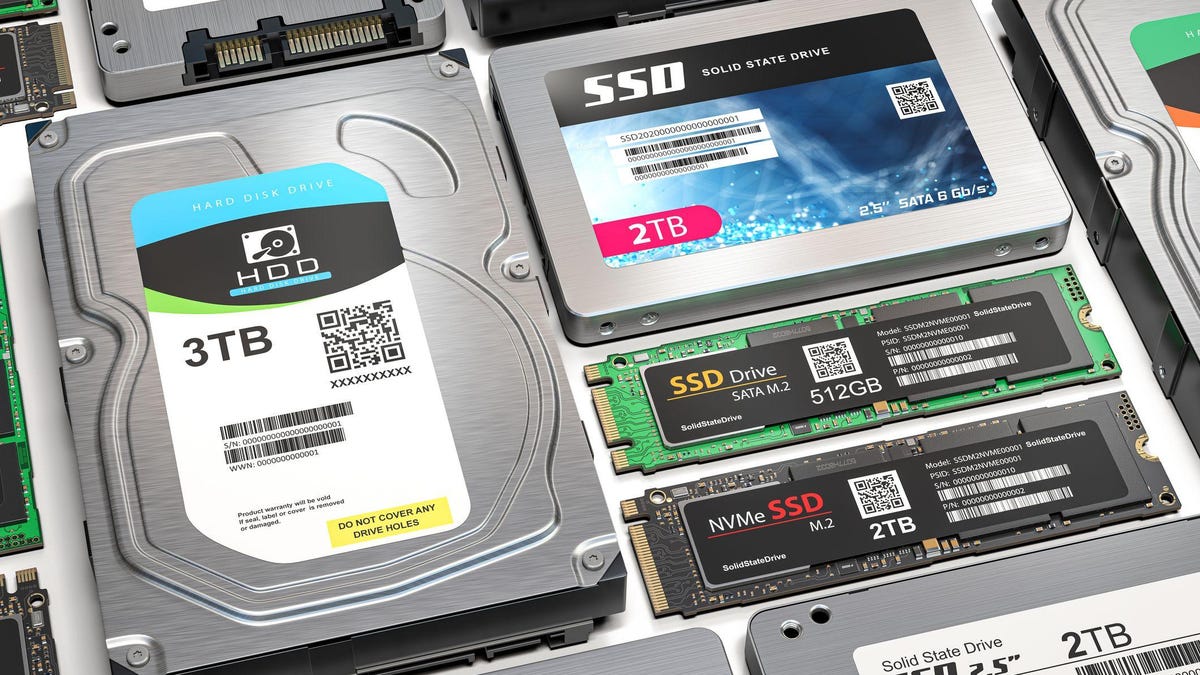D
DelJo63
The downside of the SSD?
The downside of SSDs with the NAND Flash-based chips is that they have a limited lifespan by default. While normal HDDs can – in theory – last forever (in reality about 10 years max.), SSDs have a built-in “time of death”. To keep it simple: An electric effect results from the fact that data can only be written on a storage cell inside the chips between approximately 3.000 and 100.000 times during its lifetime. After that, the cells “forget” new data. Because of this fact – and to prevent certain cells from getting used all the time while others aren´t – the manufacturers use ‘Wear-Leveling-Algorithms’ to distribute data evenly over all cells by the controller. As with HDDs the user can check the current SSD status by using the S.M.A.R.T. analysis tool, which shows the remaining lifespan of an SSD.
see the details at
 www.ontrack.com
www.ontrack.com
The downside of SSDs with the NAND Flash-based chips is that they have a limited lifespan by default. While normal HDDs can – in theory – last forever (in reality about 10 years max.), SSDs have a built-in “time of death”. To keep it simple: An electric effect results from the fact that data can only be written on a storage cell inside the chips between approximately 3.000 and 100.000 times during its lifetime. After that, the cells “forget” new data. Because of this fact – and to prevent certain cells from getting used all the time while others aren´t – the manufacturers use ‘Wear-Leveling-Algorithms’ to distribute data evenly over all cells by the controller. As with HDDs the user can check the current SSD status by using the S.M.A.R.T. analysis tool, which shows the remaining lifespan of an SSD.
see the details at
SSD Lifespan: How Long do SSDs Really Last?
Recovering data from failed SSDs is still more challenging than HDDs for data recovery service providers. Read more about the SSD lifespan.


